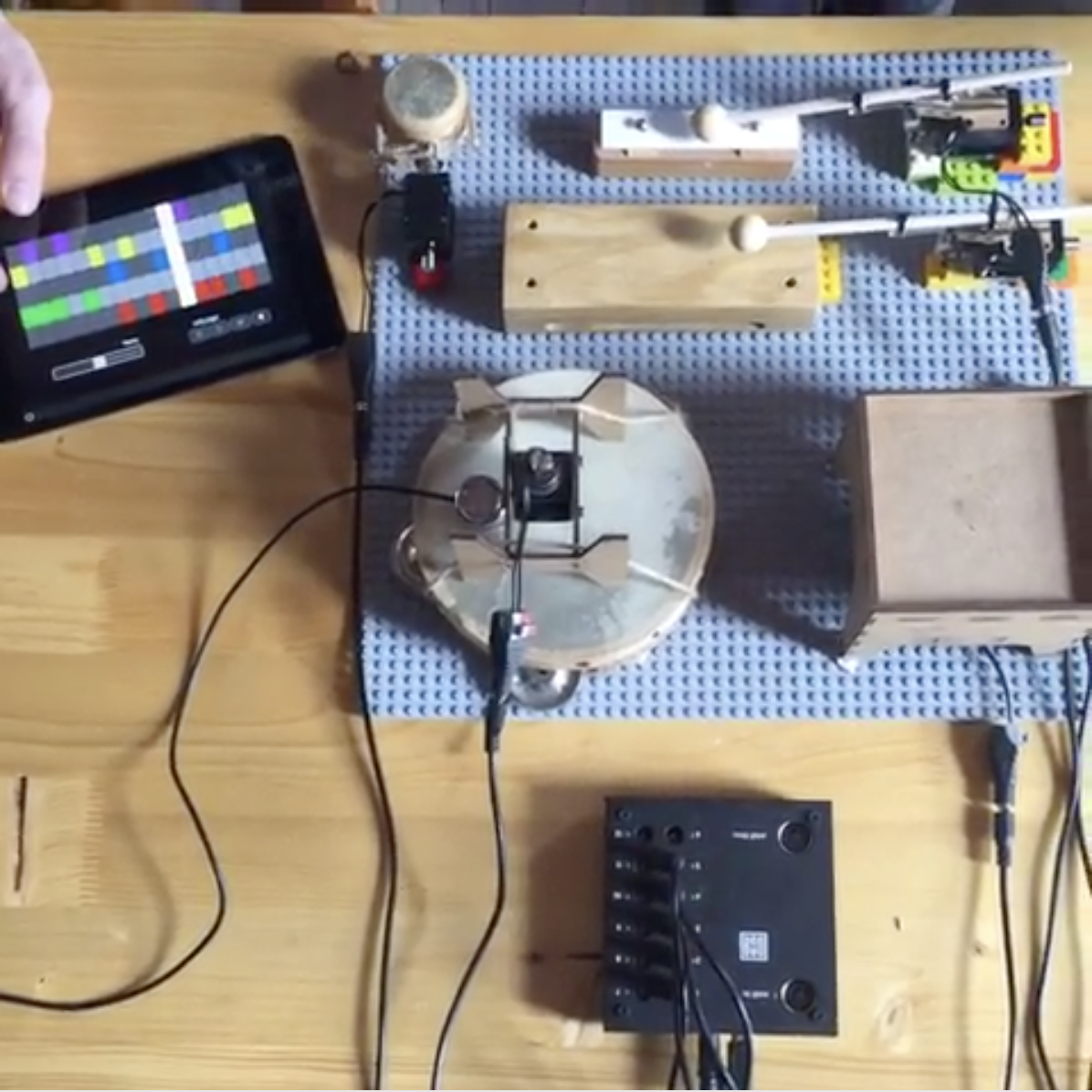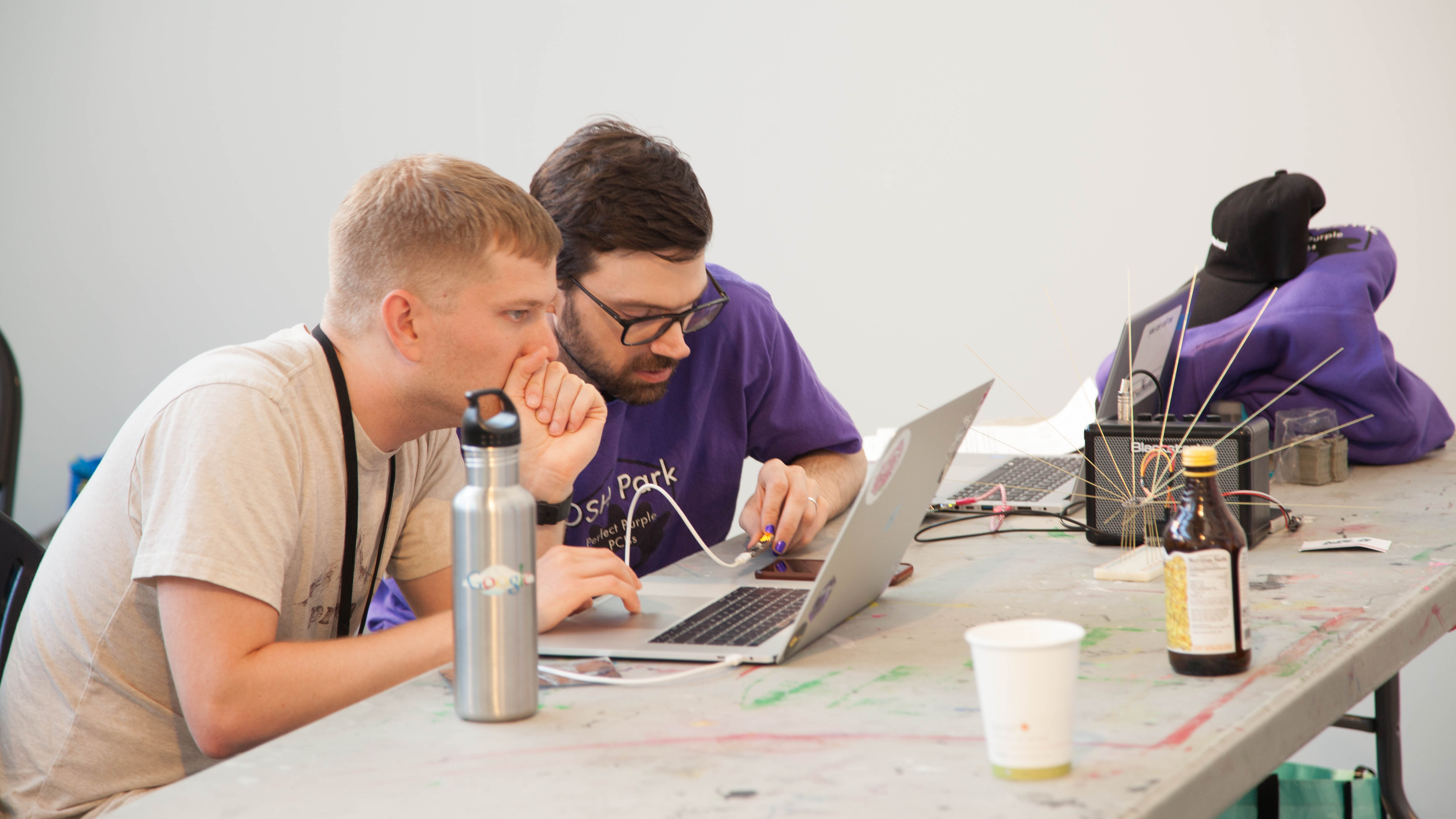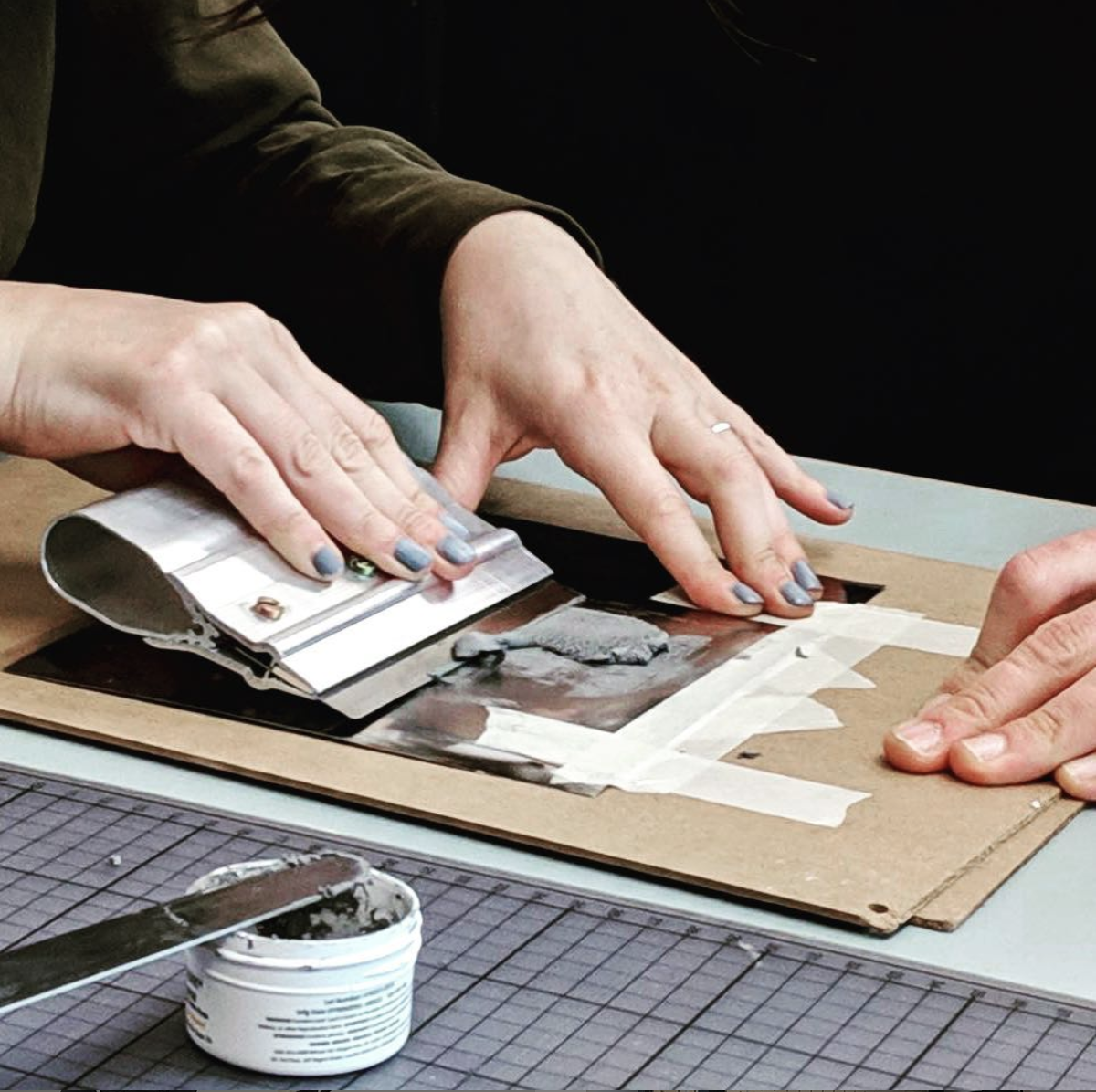-
Mini Automat WIP was covered by Hackster!
09/05/2019 at 18:16 • 0 commentsPretty cool - we just noticed that Hackster wrote up our project! Here's a snippet of what they wrote....
"You’ve probably heard people joke that all modern DJs have to do is push the “play” button on a laptop. In most cases, that’s not true — DJs are mixing and creating the music in real-time. But even when it is true, they still put the effort into composing the music at some point. People simply get frustrated because they want to see a performance and not just listen to a recording. One way to achieve that is with visually and auditorily interesting robotic music, and the Dadamachines Automat Toolkit was designed to make that easy."
Check out the full article by clicking here <3
-
New new new accessories!!!
08/25/2019 at 20:50 • 0 commentsOne of the coolest things we've been working on recently is the new accessory kit! Along with the base unit and the solenoids, the machines will come with an accessory kit to transform the solenoids from just things that push and pull into things that bash, jiggle, smash and trigger mallets.
You can then play tambourines, glockenspiels, drums, Club Mate bottles.... or even trigger light strips. We've also been working on the design concept. We have reduced the size of the solenoids because we want the whole kit to be able to be assembled on a standard LEGO baseplate. This keeps the set up minimal and beautiful, as well as playful.
With this idea in mind we're also starting to design the casing for the controller. We're still undecided between a milled black metal casing or a silicone casing, but either way we will design it to be able to clip into a LEGO base... or maybe even LEGO compatible wall mounts.
![]()
-
Music Tech residency and working with artists
08/25/2019 at 20:40 • 0 commentsThis summer I was offered the opportunity to be the Artist in Residence at a gallery and technology education space in Helsingor, Denmark. One of the things I'm focussing on is developing the artistic potential of the Mini Automat. I'v.e been doing this in two ways: one by working individually with non technical musicians and seeing how they interact with the machines, and one by teaching groups. As part of my residency I lectured a class of PhD students who have been studying a combination of curation and fine art and asked for their feedback on the music machines.
The previous iteration of the machines have been used widely in installations all over the world. I'm a hacker, and making the product hackable is very important to me, but artists and musicians are our primary market.
User testing is very important to us. There's no point having a beautiful object with amazing functionality if your users don't understand it! As a result, we have begun to test our products extensively with a wide range of people to make sure it is not only hackable and powerful but intuitive for non technical people to use.
-
Circuit Python all the things!
08/25/2019 at 20:18 • 0 commentsI went to Teardown in Portland and took the prototype of the Automat Mini with me to test on other hackers. I was really hoping to get some advice on making it as hackable as possible on as many platforms as possible. I got loads of great tips from people at the conference but the best advice came from Scott Shawcroft (Adafruit). He gave me some amazing advice on redesigning the board so it would support Circuit Python as well as Arduino.
The Arduino compatibility is already working well but we also wanted to be able to make it work with Circuit Python. I'm a fan of CP - not only is it a high profile language in the market we're going for, but in my opinion it's the best text-based beginner language out there right now.
Scott showed me and (my husband) Drew how to get CP working on the existing board, but then we spoke about some ideas for board revisions that would make it even better, for example swapping out the SAMD21 for a SAMD51 and adding in an SPI flash.
![]()
-
Circuit Board back from fab!
08/25/2019 at 20:01 • 0 commentsWe got our first circuit board back from the PCB house and assembled it in our office a couple of weeks back. I've hand soldered a lot of boards but this was my first time using a stencil and a reflow oven. Johannes has made hundreds of PCBs this way though, so he showed me how... very fun!
As for the board, welp, it didn't work. After an hour staring at the schematics and poking at the board with a multimeter we figured out that the culprit it was one unconnected ground trace!
Once we figured out what was wrong it was an easy fix with an external wire. Result! The test light blinked on! We attached it to six solenoids and hooked it up to my computer, then ran an midi track I'd prepared earlier on Ableton.
It totally worked! Woohoo! Next up: testing, revisions, testing, revisions...
![]()
Mini Automat: machines for music
Use the real world as your instrument with our robotic MIDI music machine. Beautiful product design, plug & play UX, fully hackable.
 Helen Leigh
Helen Leigh

